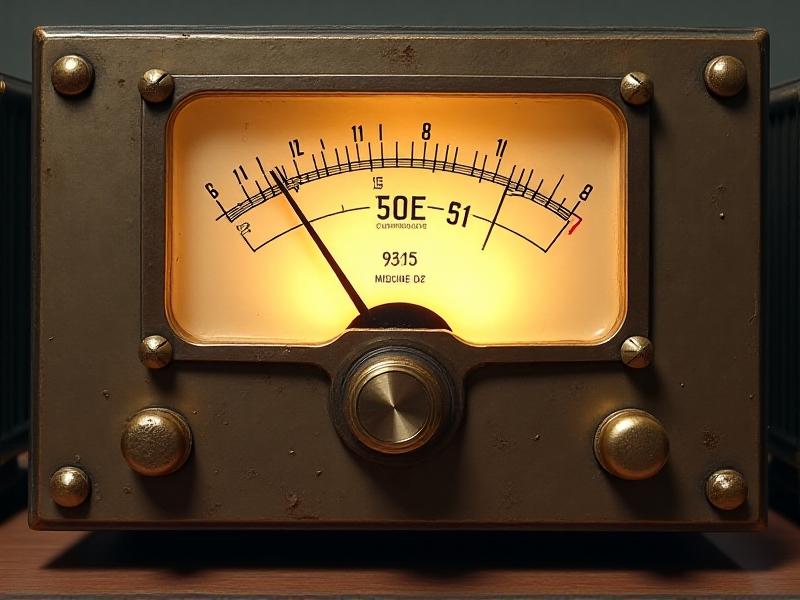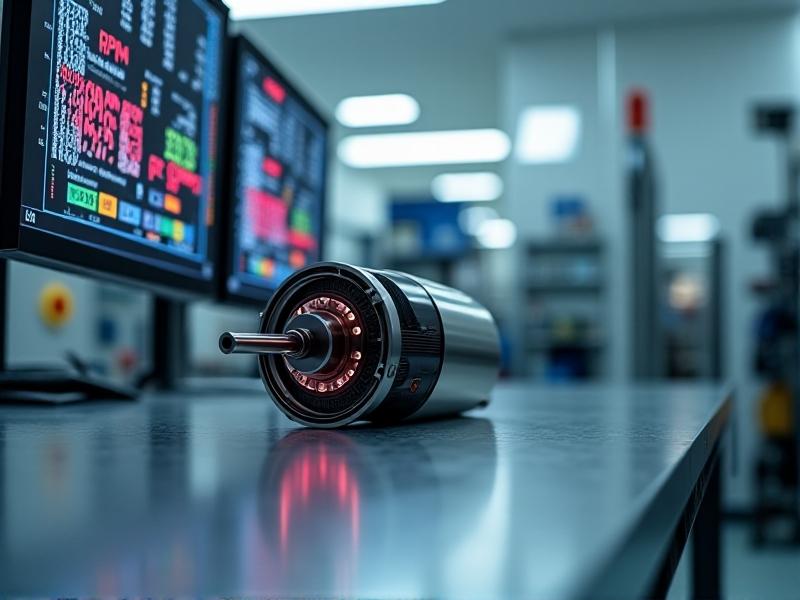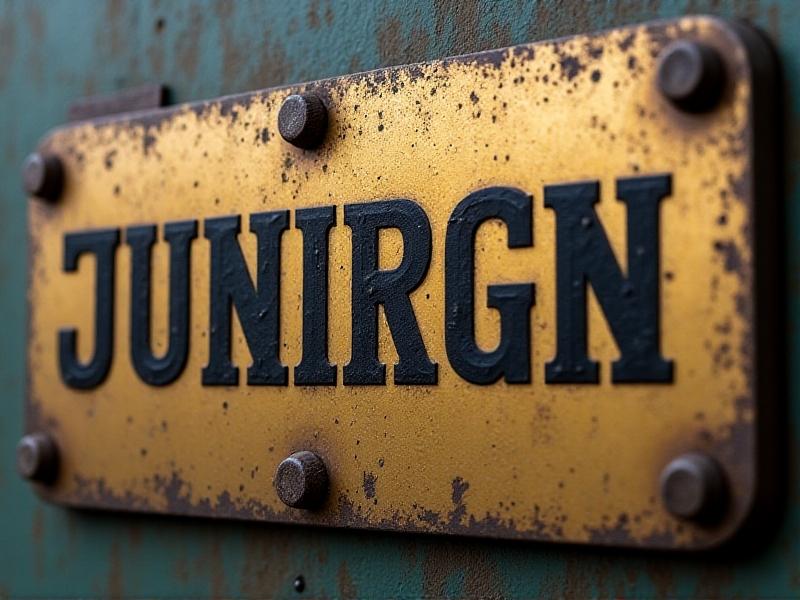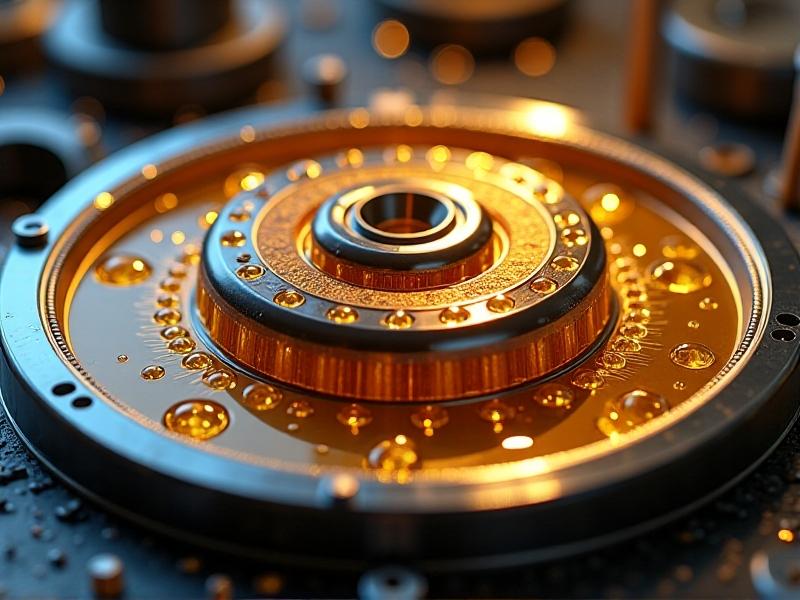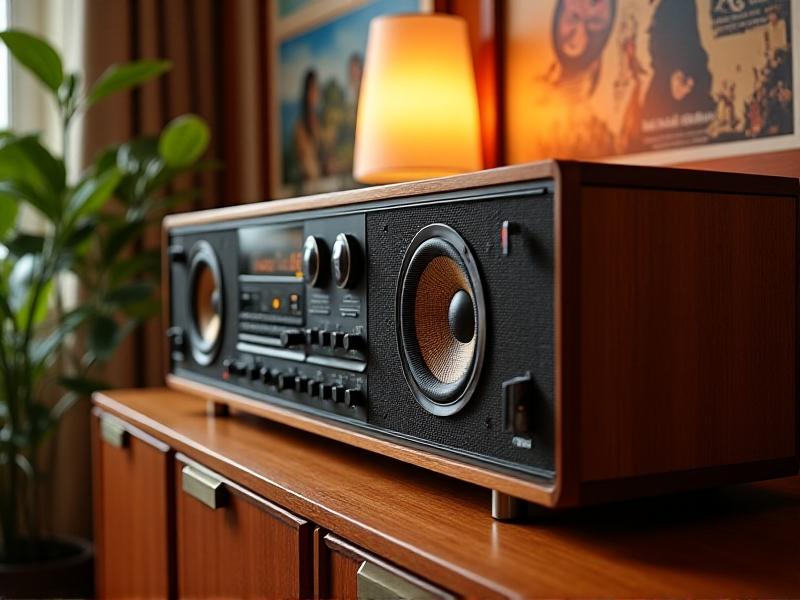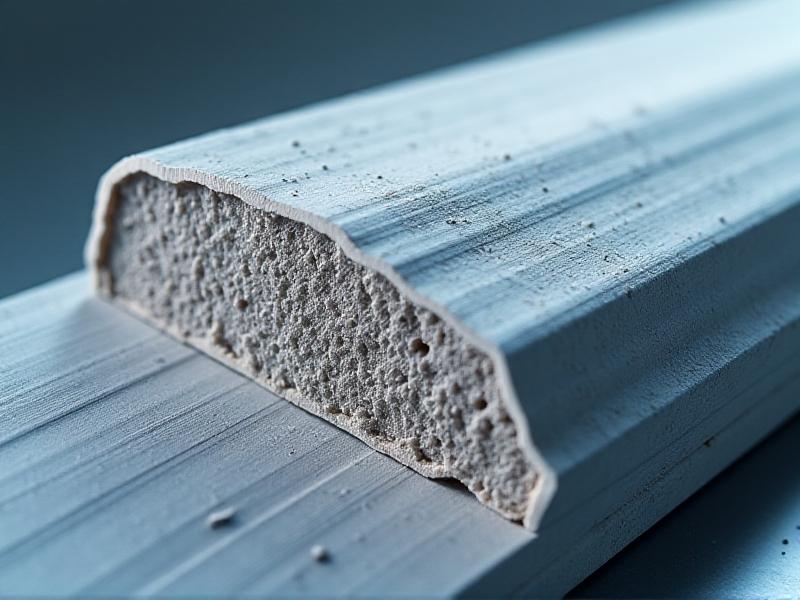Belt vs Direct Drive Maintenance Protocols
Introduction to Belt and Direct Drive Systems
Belt and direct drive systems are foundational to countless industrial and consumer applications, from manufacturing machinery to high-end audiovisual equipment. Belt drives use flexible belts and pulleys to transfer motion, offering flexibility and vibration damping. Direct drives, by contrast, eliminate intermediary components by coupling the motor directly to the load, enhancing precision and reducing mechanical complexity. Understanding their maintenance protocols is critical for optimizing performance, longevity, and cost-efficiency. This article dives into the nuances of maintaining both systems, offering actionable insights for engineers and enthusiasts alike.
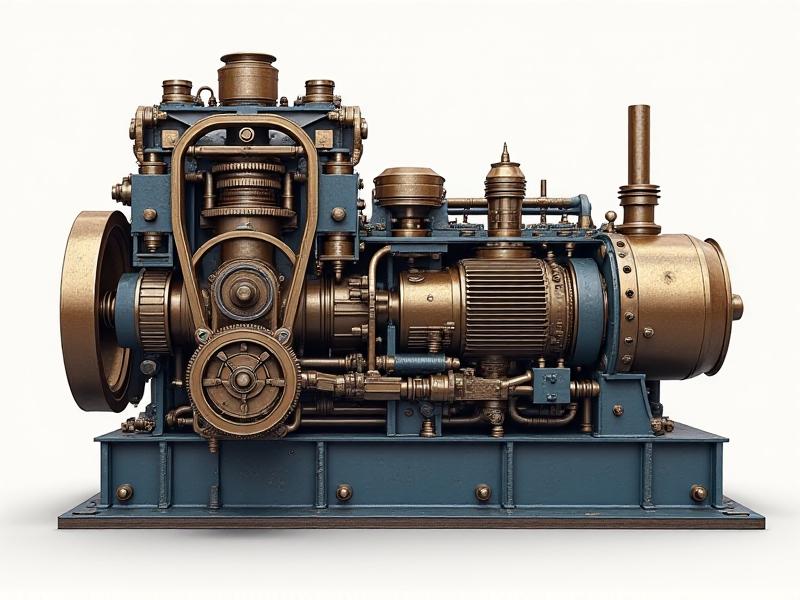
Mechanical Design and Operational Differences
Belt drives rely on belts made of rubber, polyurethane, or reinforced materials looped around pulleys. This design allows for speed variation and shock absorption but introduces wear points like belt stretching and pulley misalignment. Direct drives integrate the motor rotor directly with the driven component, minimizing moving parts. While this reduces mechanical wear, it places greater emphasis on electronic controls and thermal management. These structural differences dictate distinct maintenance priorities: belt systems demand physical inspections, while direct drives require monitoring of electronic health and thermal conditions.
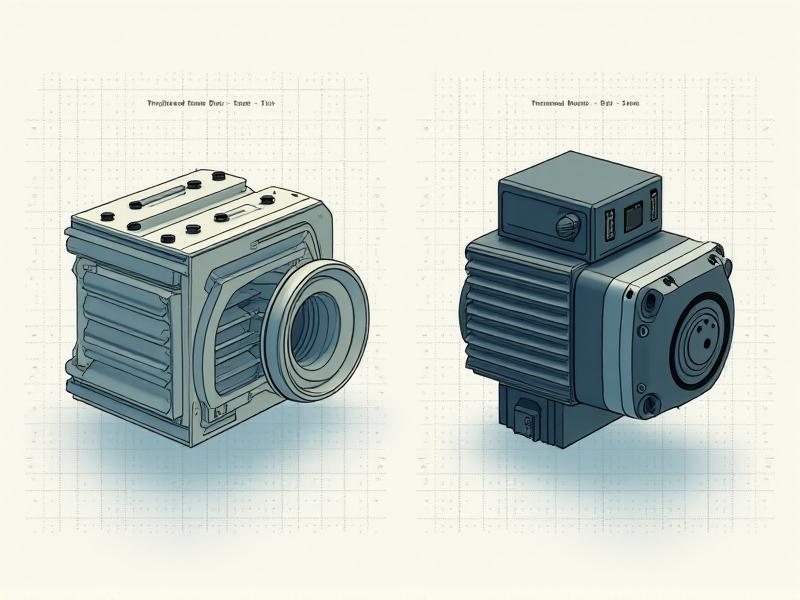
Routine Maintenance for Belt Drives: Steps and Best Practices
Belt drive maintenance revolves around preventing wear and ensuring alignment. Daily checks include visual inspections for cracks, fraying, or glazing on belts. Weekly tasks involve measuring belt tension using a gauge and adjusting pulley alignment with laser tools to prevent uneven wear. Lubrication of bearings and pulleys, if not sealed, is essential monthly. Misalignment accounts for 50% of belt failures, making precision adjustments critical. Replacing belts every 6–12 months, depending on usage, mitigates unexpected downtime. Storing spare belts in cool, dry environments prevents premature degradation.

Routine Maintenance for Direct Drives: Key Considerations
Direct drives require less frequent physical upkeep but demand vigilant electronic oversight. Monthly checks include monitoring motor temperature via infrared thermometers to detect overheating. Firmware updates for motor controllers should be applied biannually to optimize performance and address software bugs. Cooling fins and fans must be kept free of dust to prevent thermal throttling. Vibration sensors can detect early signs of bearing wear, though these failures are rare in sealed units. Annual electrical testing of windings and encoders ensures signal integrity and prevents costly motor replacements.
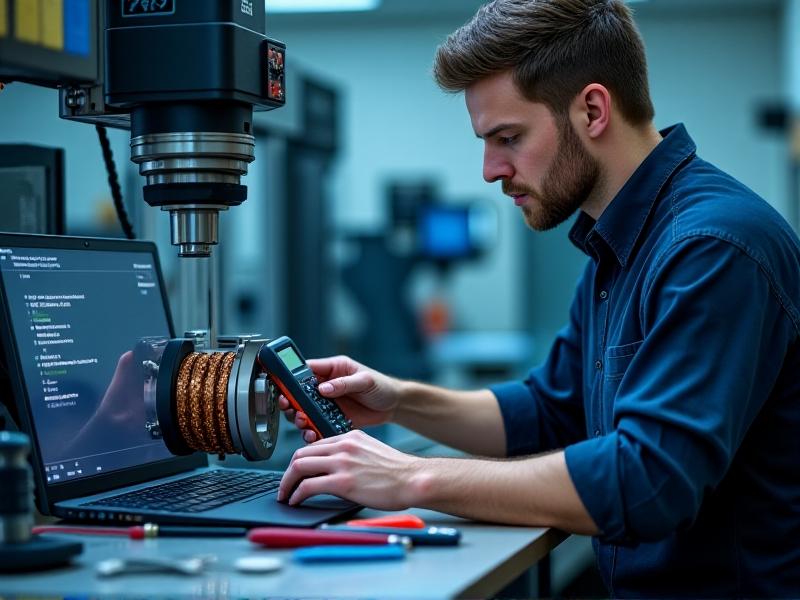
Long-Term Maintenance Challenges and Solutions
Belt drives face cumulative issues like pulley groove deformation and belt material fatigue. Re-machining pulleys or switching to synchronous belts can extend service life. Direct drives may encounter harmonic distortion in sensors or capacitor degradation in drive controllers over decades. Predictive maintenance tools, such as vibration analysis and thermal imaging, help preempt these issues. Retrofitting older belt systems with auto-tensioners or upgrading direct drives with smart sensors bridges reliability gaps. Both systems benefit from logged maintenance histories to identify recurring problems.
Cost Analysis: Initial Investment vs Lifetime Expenses
Belt drives have lower upfront costs, with motors and belts costing 30–50% less than direct drive units. However, recurring belt replacements, labor for alignments, and downtime add up. Direct drives demand higher capital investment but reduce long-term costs through minimal part replacements and energy savings from efficient power transfer. A 2023 industry study found that over 10 years, direct drives were 20% cheaper in high-use scenarios. For small-scale applications with infrequent use, belt drives remain economically viable despite higher maintenance overhead.
Common Failures in Belt Drives: Identification and Solutions
Belt slippage, often caused by improper tension, leads to speed inconsistencies and heat buildup. Audible squealing or visible glazing signals this issue. Sudden belt snapping, typically due to age or overload, requires immediate shutdown. Pulley misalignment, detectable via edge wear patterns, accelerates belt degradation. Carrying alignment tools and using matched belt sets from the same production batch ensures uniformity. In dusty environments, abrasive particles embed in belts, necessitating frequent cleaning or enclosed belt housings.
Common Failures in Direct Drives: Diagnosis and Repairs
Overheating in direct drives often stems from blocked cooling paths or excessive torque demand. Thermal cutoffs may temporarily disable the motor, requiring root-cause analysis. Encoder failures manifest as positional drift or erratic movement. Recalibrating or replacing the encoder module resolves this. Electrical surges can damage motor controllers; installing surge protectors and grounding kits is preventive. Rarely, demagnetization of permanent magnets in the rotor occurs after extreme overheating, necessitating full motor replacement.
Environmental and Efficiency Considerations
Belt drives generate rubber dust and require periodic disposal of worn belts, posing environmental concerns. Direct drives, while energy-efficient, rely on rare-earth magnets whose mining has ecological impacts. Regenerative braking in direct drives recaptures energy, reducing net consumption by up to 15%. Lifecycle assessments show belt systems have higher carbon footprints in continuous-use scenarios but fare better in low-duty cycles. Choosing energy-efficient motors and recycled belt materials balances ecological and operational priorities.
Selecting the Optimal Drive System for Your Needs
Prioritize belt drives for applications requiring flexibility in positioning, budget constraints, or environments where vibration damping is crucial. Opt for direct drives in high-precision tasks, such as robotics or medical imaging, where minimal maintenance and maximum efficiency are paramount. Hybrid solutions, like incorporating direct drives in critical subsystems while using belts for auxiliary components, offer balanced benefits. Regularly reassess operational demands and emerging technologies—such as self-lubricating belts or AI-driven predictive maintenance—to stay ahead in system reliability.

